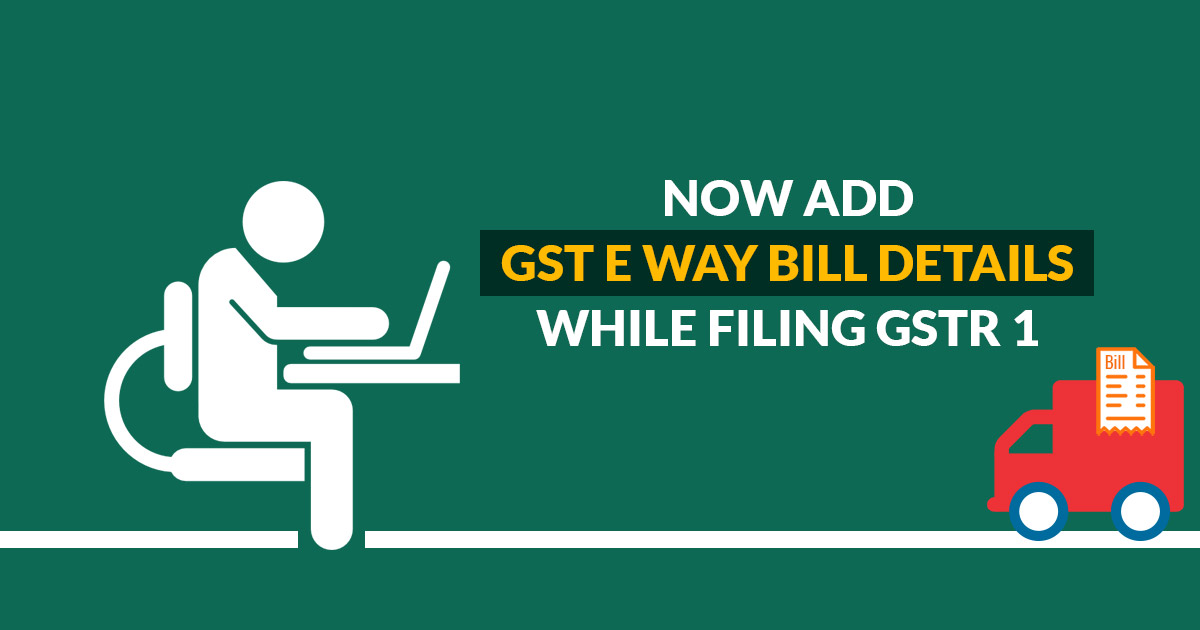
The idea is to match the sales data from the goods sent through the GST E Waybill will help the tax officers to find any tax difference and to ascertain the GSTR 1 data accurately.
As per the official’s statement of the GSTN, “To avoid double data entry, GSTN has provided a facility to taxpayers, where month’s e-way bill data is shown in format, which is required by a taxpayer to fill up the Form GSTR-1. The taxpayer can import data in his GSTR-1 form or import the same and use it with GSTR-1 offline tool to create his GSTR-1 Return Form.”
GST E Waybill came into effect from 1st April 2018 to track all the goods having value more than 50,000 through the motorized transport. The particular changes were done in the view of many transporters following malpractice.
Read Also: Small Businesses Use Jugaad In GST E-way Bill To Evade Taxes
As per the findings, it was revealed many of the transports were doing multiple trips with a single GST E Waybill while also not showing the correct sales details in the GSTR 1 form.
The GST E Waybill demands multiple details while generating such as date, goods, quantity, HSN code etc which will now be transferred to the GSTN portal.
GSTN Chief Executive Prakash Kumar in its statement said that “With this facility, the taxpayer will not be required to enter data in his Form GSTR-1 for all invoices for which he has generated an e-way bill. This will avoid double data entry by taxpayers. This facility will help taxpayer to fill up their Form GSTR-1 in less time. This will also avoid any data entry mistakes made while filling details,”
The GSTN has divided the taxpayer categories into 3 ways under the download /import the data into GSTR-1 format. All this has been done to track each and every GSTR 1 form which is relevant to the GST E Waybill for sending goods.